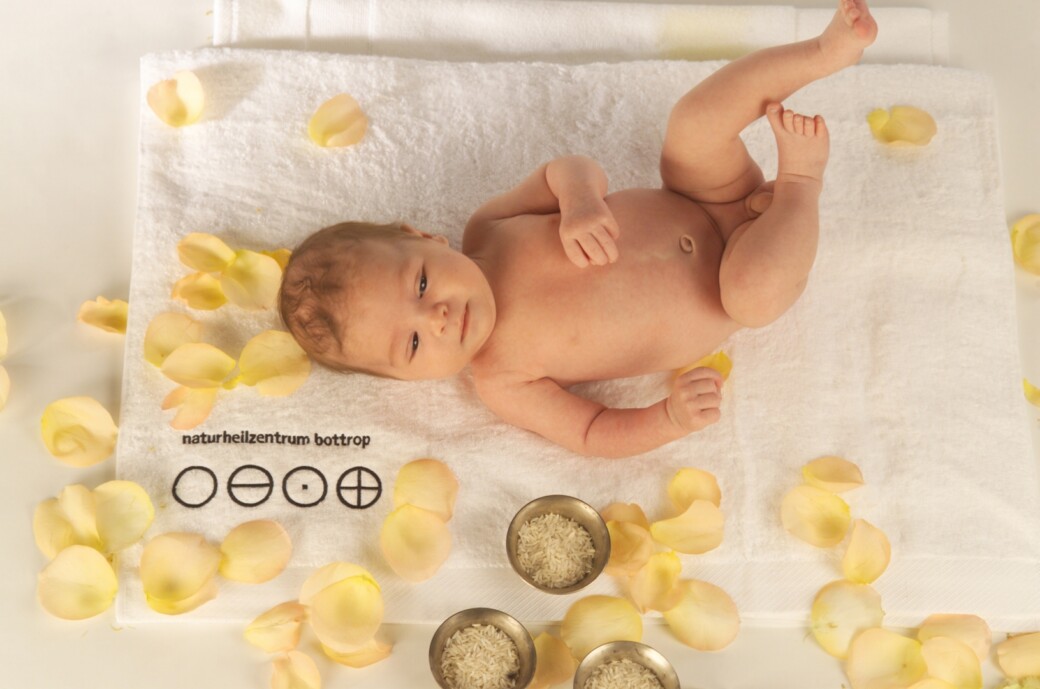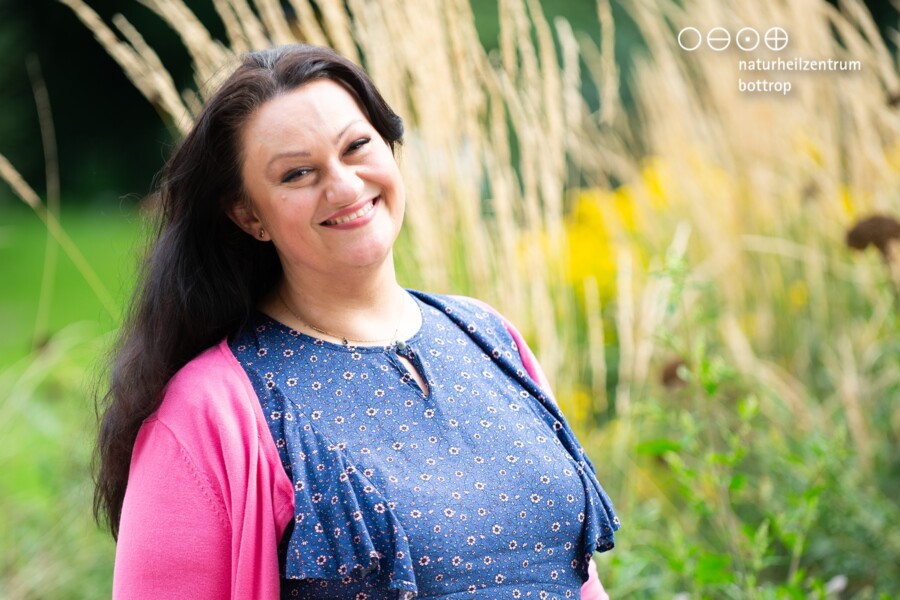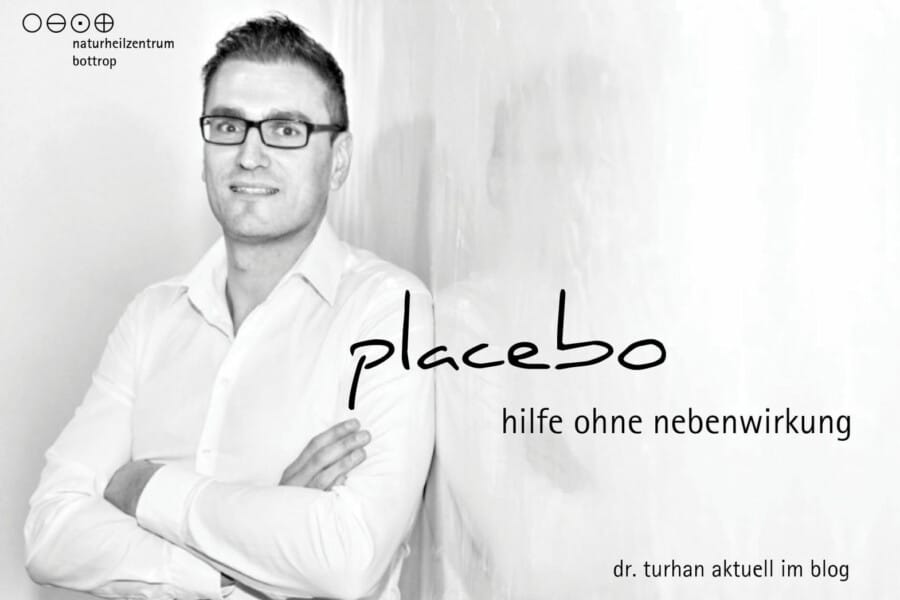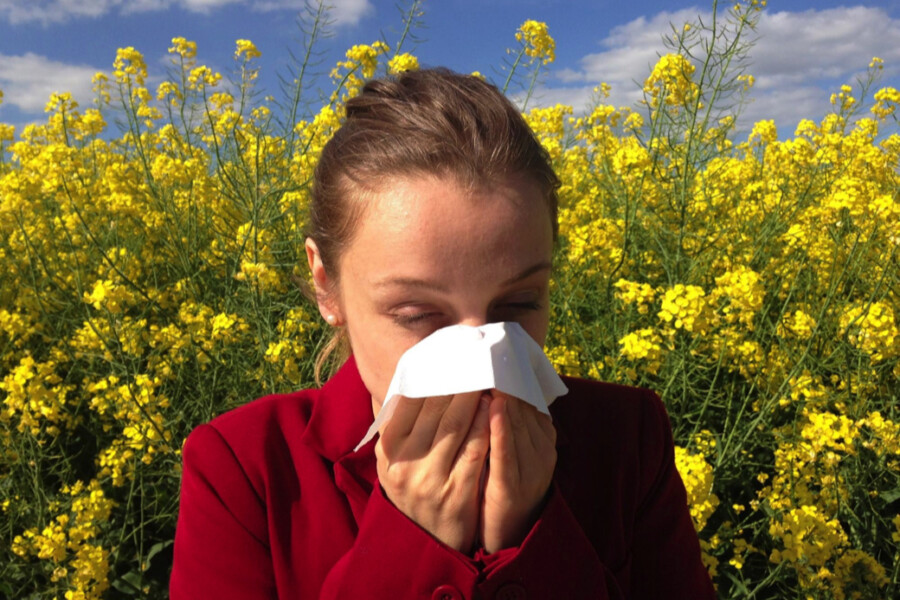Naturheilzentrum Bottrop – foods for a perfect skin: the energy booster – the committed diet

In the report, “Naturheilzentrum Bottrop on the difference between food and nutrition”, the two Bottrop-based naturopaths, Farid Zitoun and Christian Rüger, point out how a sensible diet positively affects the body. At the Bottrop-based healthcare institution for complementary medicine, the subject area “skin” plays a big role, in connection with answers to frequently asked questions on this topic. Farid Zitoun and Christian Rüger explain the relationship between the two fields – informatively and concisely.
How does our diet affect our skin?
“Sometimes, the skin is regarded as a mirror of our soul. More importantly, however, it mirrors the intake of nutrients and vital substances, which is a result of food and nutrients,” Christian Rüger explains. “Most People are under the impression that the skin mainly has to be taken care of from the outside. Our diet, however, plays a very important role for our skin,” Farid Zitoun knows and adds: “In case of a varied and balanced diet, our skin will do very well. In the case of an unbalanced and unhealthy diet, the skin is the place where you will see the effects first. Extreme fasting cures or an unbalanced, one-sided diet often pave the way for skin diseases. The skin starts do dry out, hair starts falling out and the nails become brittle. In this context, vital substances such as minerals, vitamins, trace elements and dietary fiber become just as important as a sufficient intake of fluids.” During the therapies at Naturheilzentrum Bottrop, we also put a focus on a targeted diet that is adapted to the needs of the patient’s individual body. An individually adjusted intake of fluids to optimally supply one’s body can easily be calculated as follows: 0.03 x body weight = daily amount of fluid intake. Most suitable are water, unsweetened teas and diluted fruit juices without added sugar.
Which vitamins can I find in which food?
Vitamin A keeps your skin smooth and prevents it from forming too much callus. It also stimulates cell division, enabling aging skin layers to renew quicker. Pure vitamin A can often be found in cosmetics where it is referred to as retinol. Vitamin A is exclusively contained in animal tissues (e.g., liver, fish) and (dairy) products (e.g., milk, eggs and butter). Vegetables (such as carrots, tomatoes, broccoli and spinach – that is, any vegetable with a strong red-orange or green color) exclusively contain carotenoids (provitamins) which can be metabolized into vitamin A, if needed.
Vitamin B5 is water-soluble and can support the formation and structure of body tissue. In addition to that, it also maintains the moisture level of the skin. In its pre-stage, i.e., provitamin B5, it has an abirritant effect, soothes skin rashes and promotes the healing of skin burns and itches. Vitamin B5 is an old-fashioned term for pantothenic acid. What’s special about pantothenic acid is the fact that it is contained in virtually any foodstuffs. This vitamin is most abundantly contained in liver and herring. In crop and vegetable products, pantothenic acid is predominantly found in whole-grain products and various kinds of cabbage, such as cauliflower and broccoli.
Vitamin C improves the synthesis of microproteins and collagen. It repels free radicals (aggressive molecule groups that speed up the aging process) and increases the blood circulation within the skin. Fresh strawberries, kiwis, oranges, kohlrabi and red bell peppers are rich in vitamin C.
Vitamin E stabilizes vitamin A and promotes smooth skin by improving its surface structure. The skin’s ability to store moisture is increased. In the deeper skin layers, it increases enzyme activity and thus, the metabolism. It acts as a protection against free radicals and prevents skin damage, which is why it is found in many sunscreen products. Vitamin E can also be found in raspberries, cooked savoy cabbage, black salsifies, hazelnuts, almonds, wheat germ oil and sunflower oil.

The skin – the organ
Our skin, covering an area of about two square meters – depending on body height and girth, is the largest Human organ thus, it weighs quite a lot, too. If one were to “fold it up” and put it on the scales, our skin would weigh between 3.5 and 10 kg. The skin surrounds us like a protective wall, whilst having the following tasks:
- To protect us from the cold, heat and radiation
- To protect us from pressure, impacts and friction
- To protect us from chemical injuries
- To prevent microorganisms from entering our body
- To prevent us from losing water and stored heat
- To act as an organ of perception, excretion and absorption
The outermost skin layer, the epidermis, is about a tenth of a millimeter thick. It is the first layer protecting the body from foreign substances entering it. The dermis is a complex network of fibers, sweat glands, hair roots, nerve cells, nerve cords and lymphatic blood vessels. The subcutis is a loose, connective tissue which is rich in fat tissue and it is an important fat storage. Naturheilzentrum Bottrop illustrates the different skin types, as well as the best possible care for them.
Skin aging: the normal skin aging process starts at birth and first traces can be seen at approximately 25 years of age. Skin aging predominantly takes place in the connective tissue of the dermis, which mainly consists of collagen fibers. In young skin, these are flexible and can be moved independently from one another. Due to their swelling capacity, collagen fibers are able to store lots of moisture. With the aging of the skin, not only does cell activity decline, the cells also harden and they start to glue up the collagen fibers, which are responsible for the elasticity and tension of the skin, as well as the retention of moisture. In order to maintain a youthful freshness and elasticity of the skin, care adapted to the individual skin type is imperative.
Dry and sensitive skin: the problems range from a slight feeling of tension, flaky, sensitive or chapped skin to rashes and itches. Dry skin is characterized by a lack of fat as well as a lack of moisture. It is recommendable to use a slightly fatty moisturizing cream during the day, and a fatty night care in the evening.
Oily skin: a shiny, oily face and hair that quickly becomes greasy are characteristics of oily skin. This skin type tends to develop blemishes. Therefore, you should use cosmetics that control the oily shine and the production of sebum, improve the skin structure and counteract blemishes. After cleansing the skin, you should rinse your skin with cold water as warm water stimulates the production of sebum. Use an alcoholic facial toner to normalize the production of sebum. Caution! Having oily skin does not mean that it is advisable to dry out your skin. Completely degreased skin increasingly produces sebum, which, in turn, causes blemishes. Sebum is the primal fat and it maintains our protective coat against acids.
Combination skin: combination skin is characterized by an oily, often even a moist forehead, nose and chin area (T-zone), while the other facial areas are rather dry. With combination skin, is it important to apply fatty creams on the dry areas and to gently treat and thoroughly cleanse the oily areas. This rather cumbersome method unfortunately is the only possibility to effectively deal with this problem.







Netiquette for respectful communication
the nabo team invites you to exchange your experiences, contributions and opinions on the blog by using the comment function. this exchange should be free, open and friendly. please take care to write fairly and to stay on topic. even if you do not share the opinions expressed in others’ comments. the possibility to write comments on the blog posts is exclusively related to the topics treated within said posts. we would be glad to answer all of your specific questions related to therapies or descriptions of individual maladies or read your remarks about naturheilzentrum bottrop: simply come see us or call or write us Personally.